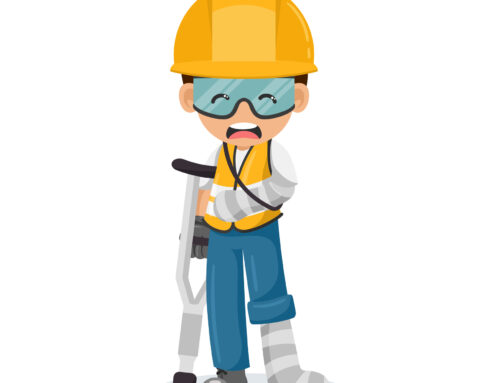Good Turnover?
Shawnee Love •
July 17, 2012
The only thing worse than high turnover is no turnover. Interestingly, the analogy that comes to mind to help demonstrate my point is a vaccination. Getting the disease will jeopardize your health, but having a little of the germ put into your body helps your antibodies rally and increases your ability to fight and stay robust. Similarly with turnover, too many people choosing to leave at one time is definitely bad and can cripple an organization. However, a little turnover is needed to inject new ideas into an organization as well as give opportunities for employees to grow and learn by taking on more work, getting promoted into more challenging roles, or training new hires and thus learning how to do current tasks even better.
While I trust you can see my point, and may even agree with it, the tricky part of all this is figuring out when good turnover becomes bad and vice versa. Before doing that, it is important to understand what I mean by turnover:
Turnover = # of employees who choose to leave your company (i.e., # of people resign)# of employees in your company
Turnover is usually expressed as a percentage, so take the number above and multiply by 100 to complete the formula.
Turnover expectations differ dramatically by industry as follows:
- Tourism & hospitality industry 37.7
- Mining industry 5.6%
- Technology 5-15% (as you can see from this range, this is not an exact science)
- Retail 24% for full time employees (67% turnover for part time employees!
Regardless of industry norms, in my experience, once you head into double digits, it becomes more and more difficult to stay ahead of the turnover with training and development and most importantly hiring. However, below 5% and it becomes easy to slide into complacency and stop looking for great new people let alone finding enough growth opportunities for the ones you have.
What level of turnover do you work for?




